
In the exploratory domain of tools and techniques, a new design tool was introduced in April 2025 that quietly alters our way of thinking. Cyclops, developed by a legendary design firm, Foster + Partners, is a new GPU-accelerated plugin for Grasshopper in Rhino 3D. Designing changes the narrative of visualizing the reality in a world where climate change is not a hoax, but an alarming concern for conscious individuals. Cyclops plugins are an advanced tool where a single line in design shows its environmental impact, redefining the role of sustainability as a creative and visual process.
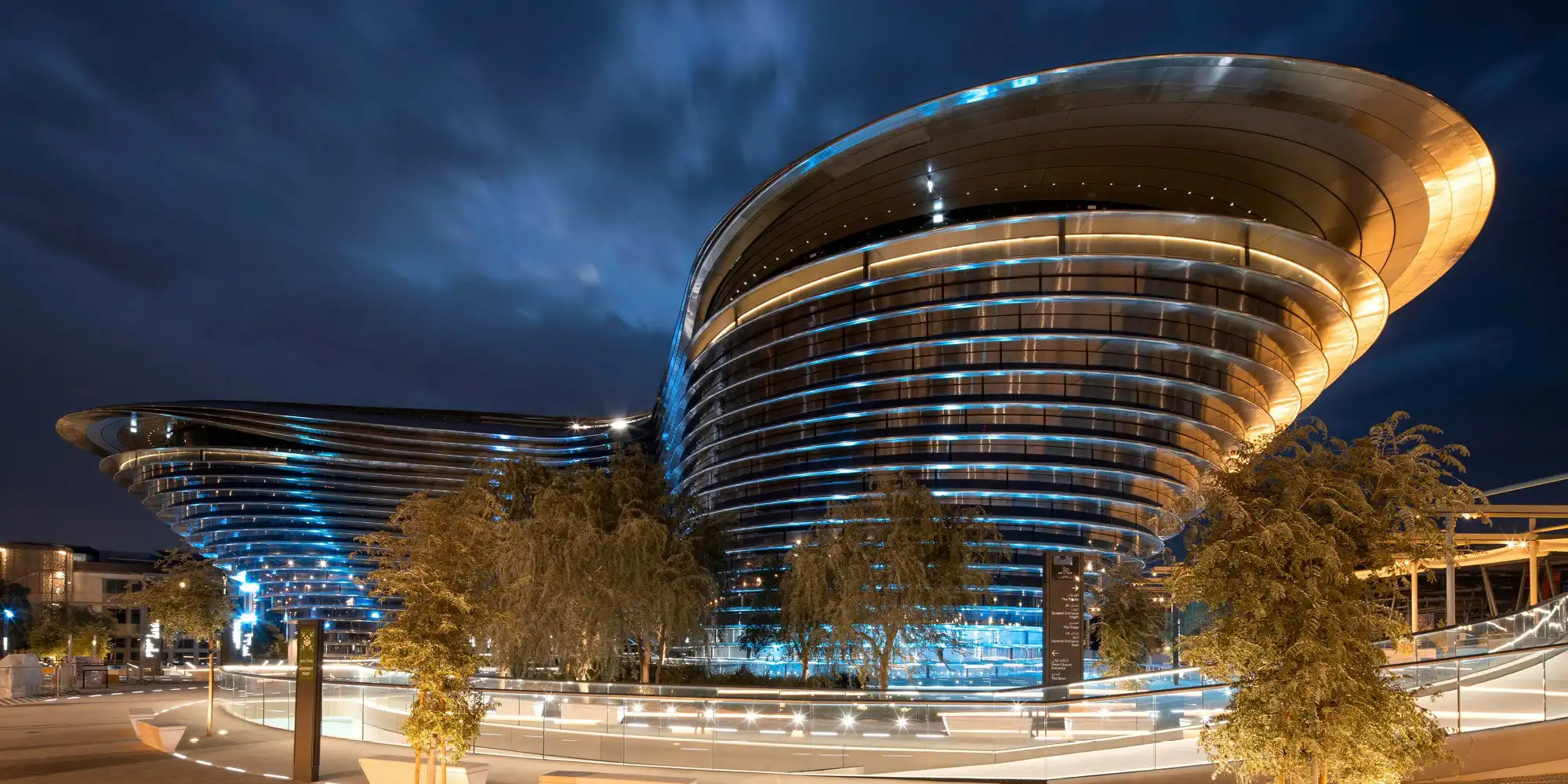
The environmental analysis was thought at a later stage of designing, often delayed by deadlines or the slow process of rendering, but with Cyclops plugins, that gap is closing fast. So practical needs of a leading design practice helped the Applied Research + Development (AR+D) team at Foster + Partners to create a real-time environmental simulation plugin that was internally refined for over 15 years, available to the public in a free beta version. Martha Tsigkari (Senior Partner and Head of AR+D) and key developers Oscar Borgström and Wojciech Karnowka explain that this tool is a result of rigorous research and their commitment to practical application on real-world projects, reflecting their dedication to sustainability and cutting-edge parametric design.
Built for Rhino users, it lives in the Grasshopper and performs rapidly, considering ray-traced calculations using your computer’s GPU, which means you can visualize things like radiation, daylight, and shading with near-instant results. It blends Rhino’s design workflow and merges without any extra tools for making fast and better design decisions.
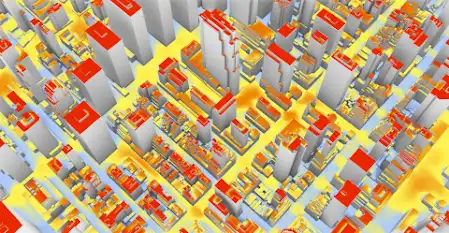
Cyclops Plugin helps in the thoughtful design decisions from day one, starting from analyzing the context, building orientation, volumetric play of mass or experimenting with diverse architectural elements, it gathers data and instantly shows the result of its impact on energy consumption and occupant comfort.
For energy-efficient construction, solar optimization plays a crucial role; it helps to detail out sunlight hours or how much solar radiation will impact the structure for crafting a functional and visually appealing space.
By collecting information on daylight levels in real time, the Cyclops Plugin crafts an easy way to reduce the use of artificial lighting and foster healthier design by providing a functional solution for windows and shading devices.
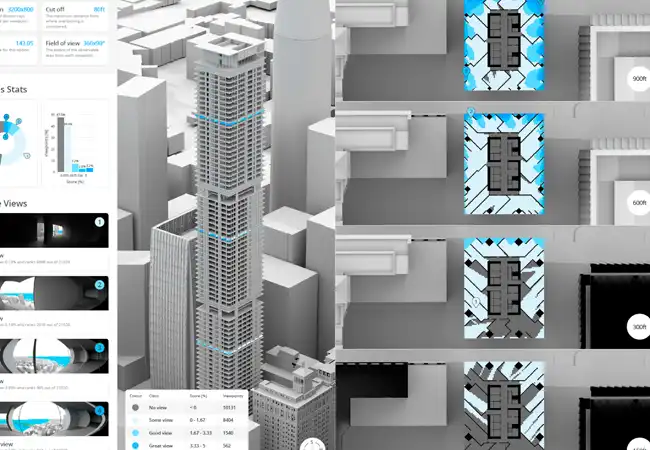
The speed of Cyclops can help to make numerous changes in design without delay, and feeds a wider range of solutions and discovers truly innovative forms.
For the next generation of creatives, Cyclops stands as an innovative tool for immediate solutions and tangible feedback on the design for a sustainable built form with an understanding of its impact on the surroundings.
Pushing the boundaries of design, this tool enables the development of innovative and creative parametric scripts through generated codes and design options exploring facade optimisation, interior daylight design, and microclimate analysis.
While scrolling recently, I stumbled upon an upcoming PAACADEMY workshop on August 23–24, 2025. Led by Olaf Olden, it explores how Cyclops, Ladybug, and Wallacei come together to push the boundaries of sustainable design with real-time analysis and creative parametric workflows.
System Requirements
Rhino 7 or 8 on Windows.
An NVIDIA GPU with compute capability 5.0 (Maxwell) or higher
NVIDIA driver version 536.25 or higher.
Installation is typically through Food4Rhino

From the collective efforts of the design community, Cyclops UI was developed to provide a powerful vision, moving from architectural design to software infrastructure. Kubernetes is used as a complex, controlled application while integrating with the Cyclops UI. It provides a simplified and abstract solution, providing an intuitive, customizable web-based user interface.
Streamlined Application Deployment: Deploy, scale, manage, and update containerized applications with simple clicks and forms.
Customizable Developer Platforms: Build tailored UIs that provide the right level of abstraction for different teams, enhancing the developer experience.
Helm Chart Integration: Import existing Helm charts and automatically generate user-friendly interfaces based on their defined values.
Real-time Monitoring offers dashboards for cluster health, resource utilization, and application performance.
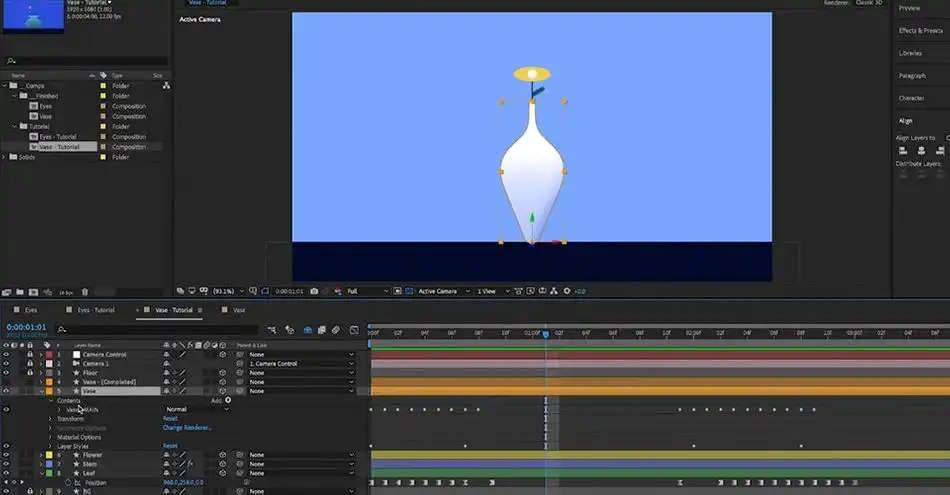
Cyclops has a creative effect reflecting within Adobe After Effects, especially for graphic designers and animators. This plugin helps to develop "behind-the-scenes" or "making-of" creative renders, providing Xan - ray view into the animation process. Creator from within the After Effects community, Kyle Martinez, developed Cyclops for Adobe After Effects. It helps to create an engaging portfolio showcasing intricate explorative work for engaging audiences on social media platforms.
Visualizing Construction: Renders MP4 videos that show traditionally hidden elements like layer bounding boxes, motion paths, and null layers.
Customizable Renders: Offers options for various render types (standard, wireframe, green screen, blue screen) and regions like composition or the entire application.

THE THIRD FLOOR, founded by Chris Edwards, focuses on visualization and graphics for film and television. Cyclops AR was a collective initiative driven by the company's need for cutting-edge virtual production tools. For the domain of augmented reality, Cyclops AR is an advanced iOS virtual production and allows users to visualise CGI elements composited live into the real world. It helps architectural designers to visualise their proposed structures and analyse how they will impact the surroundings and climate.
Live AR Compositing: See virtual characters, creatures, set extensions, or architectural designs in situ and in real-time within a live camera feed.
3D Model & Unreal Integration: Import custom 3D models (FBX, OBJ) or even entire Unreal Engine levels.
Real-time Manipulation: Move, scale, rotate, align, and animate CG assets within the live environment. Adjust lighting to match the real world.
Data Export: Capture and export measurements, photos, videos, and camera paths.
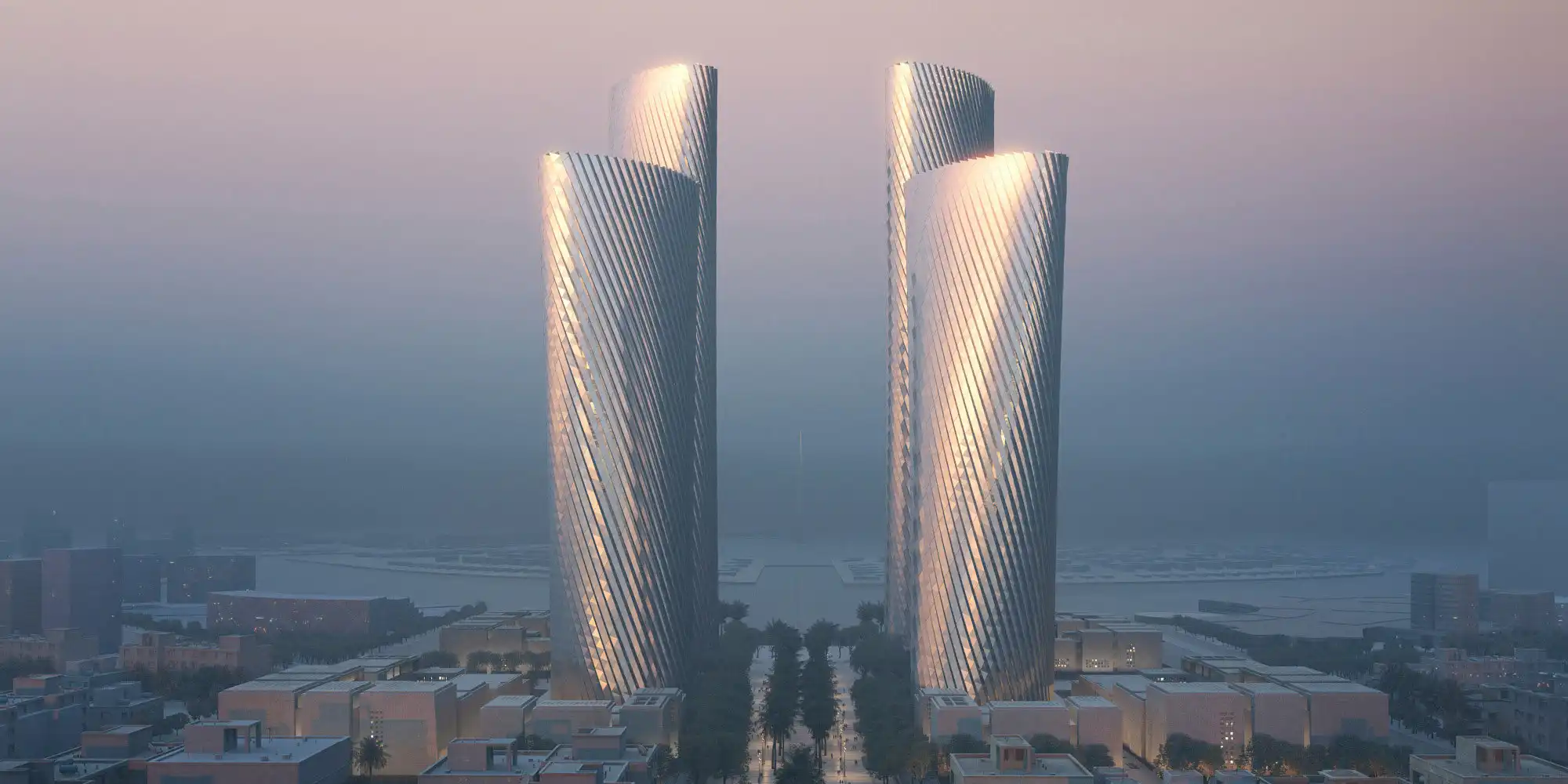
Architecture Firms: Exploring multiple design strategies, comparing options, deciding orientation and form, and passive design strategies
Urban Design: understanding factors for high-rise structures and how they affect each other’s exposure to light, it helps to study sun direction, streetscape, courtyards, pavilions and public squares. .
Education & Research: Students and creatives can experiment with their hypothetical ideas and conceptual models without scripting knowledge, perfect for architectural institutes.
Design Competitions: Explore creative vision with solid performance data—quickly, visually, and convincingly.
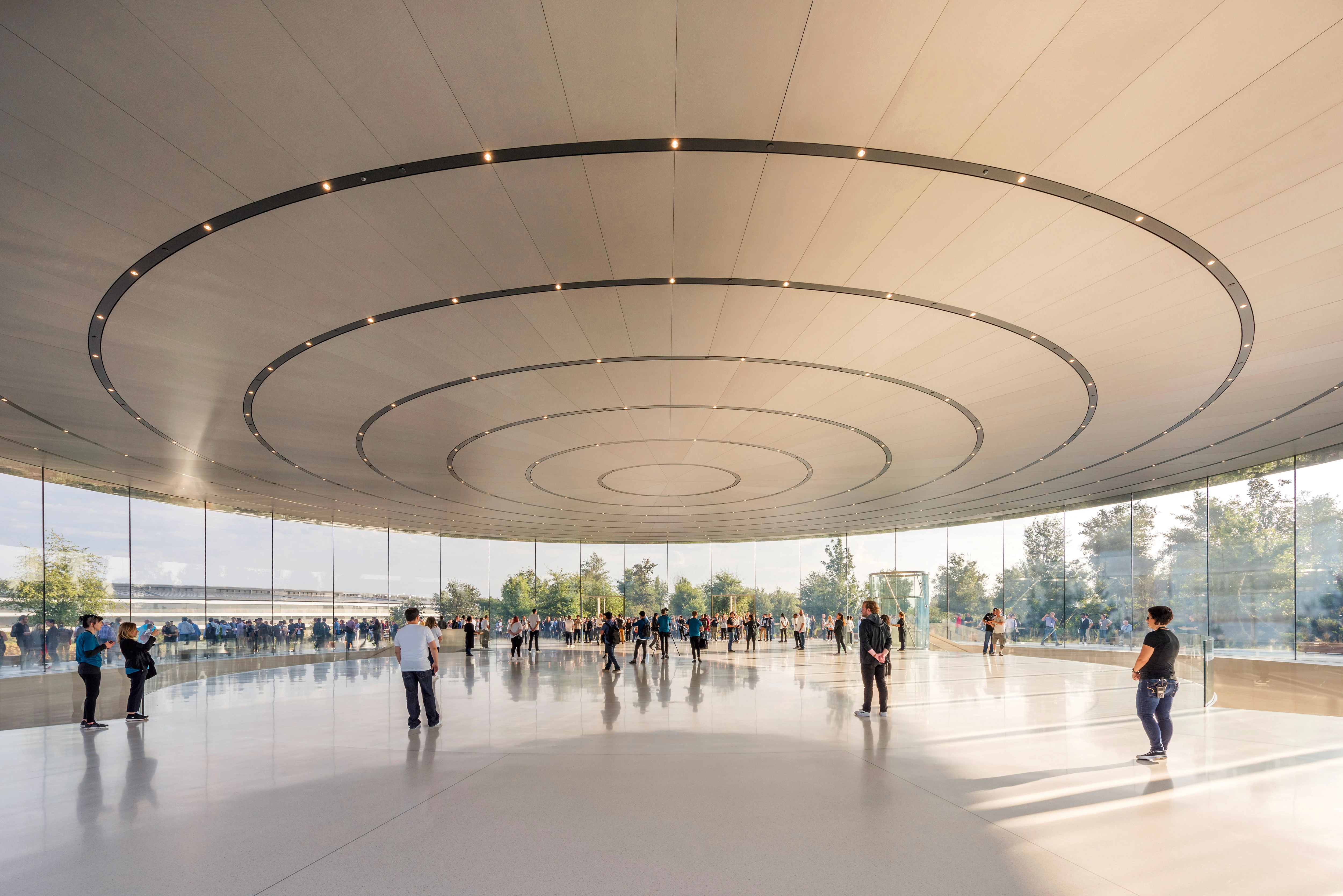
Foster + Partners emphasises cyclops capabilities for diverse innovative projects and examines its environmental performance. Apple Park in California illustrates natural ventilation and shading, which was developed with a tool like the Cyclops plugins and its influence of solar glare on the glass facade, features like louvers and their effectiveness throughout the day and year, ensuring comfort and sustainable principles. The team has frequently demonstrated the creative capabilities of Cyclops at industry conferences like Shape to Fabrication and showcasing speed, precision, and ability to untangle complexity for real-time architecture.
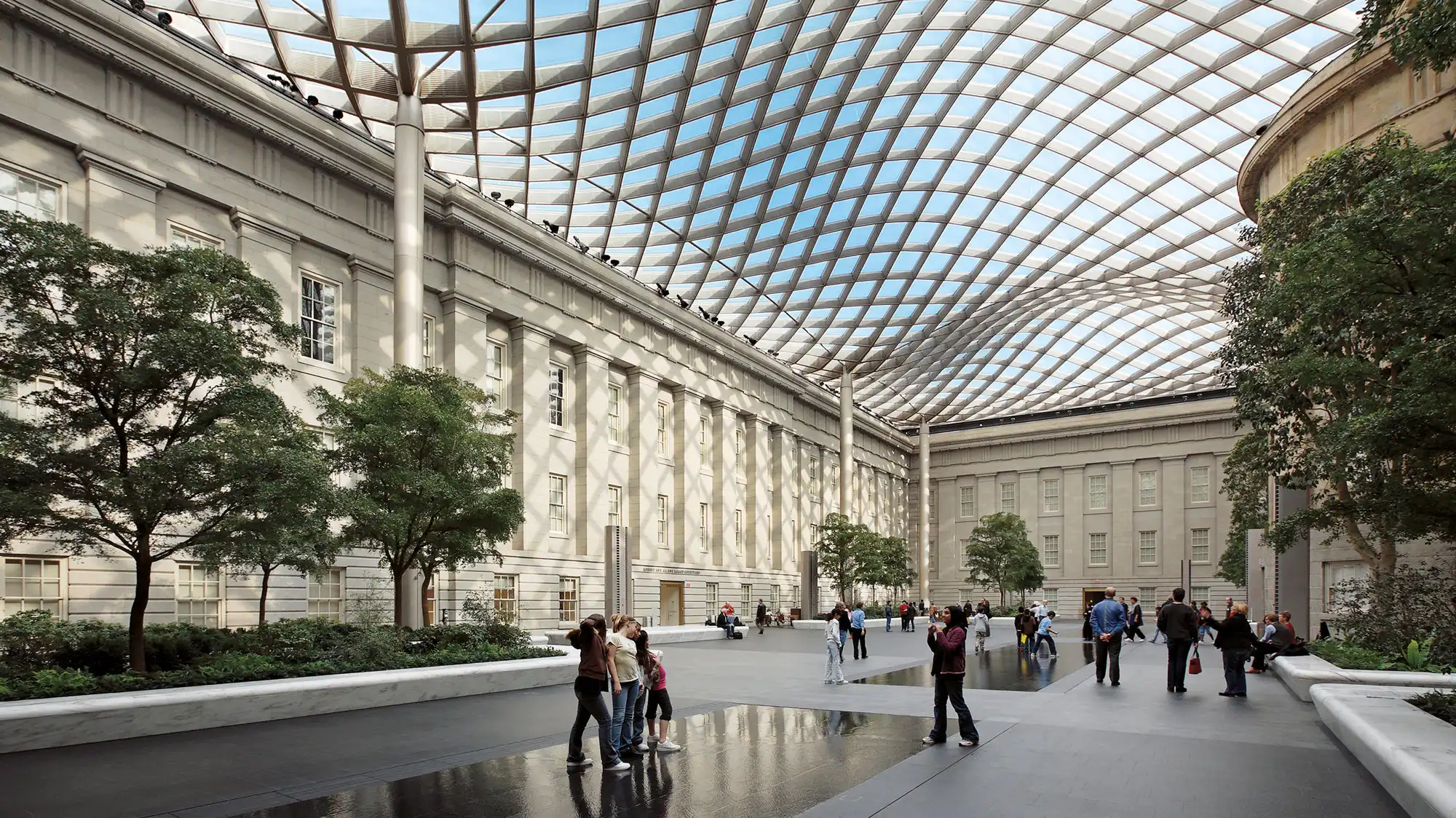
Looking forward to the future of design and challenges of Artificial Intelligence, tools like Cyclops become not just helpful but essential for crafting sustainable buildings. It empowers to creation of beautiful, innovative forms with integrated smart intelligence, high performance, and environmentally responsible structures. This gap between visualising and developing will change with the understanding of cyclops and its abilities, how we develop, conceive and inhabit spaces. It’s a glimpse into a future where data becomes intuition, where simulation is as immediate as sketching, and where sustainability is not a checkbox, but a reflex.
You must be logged in to comment.